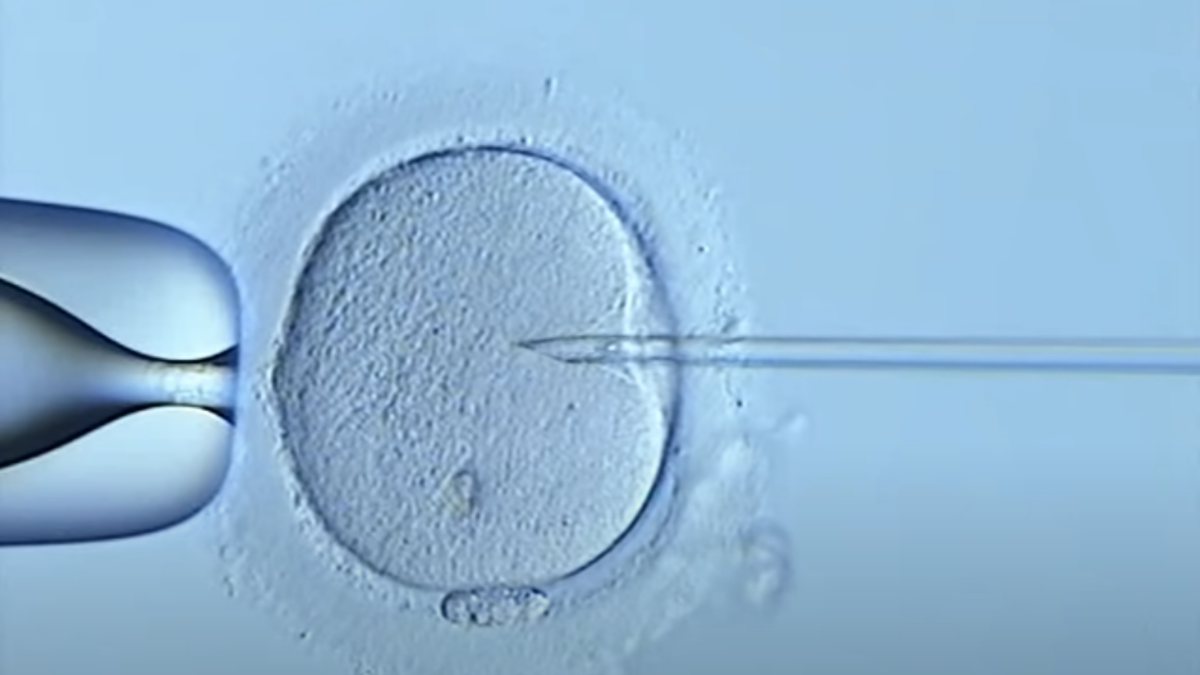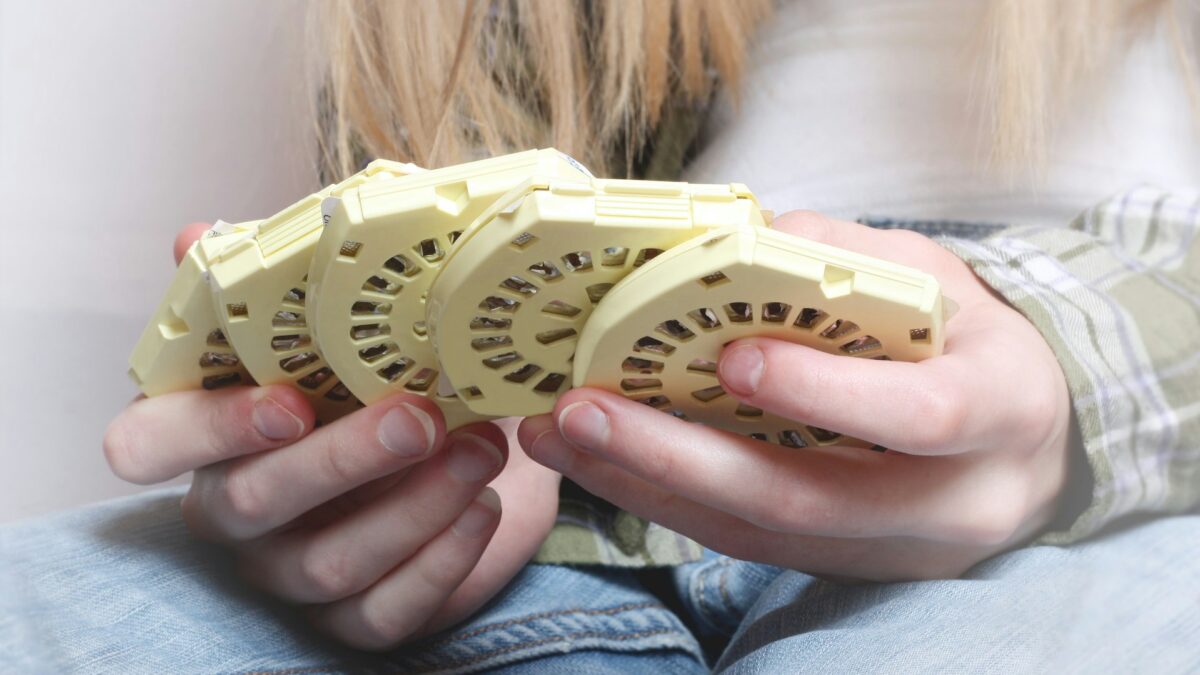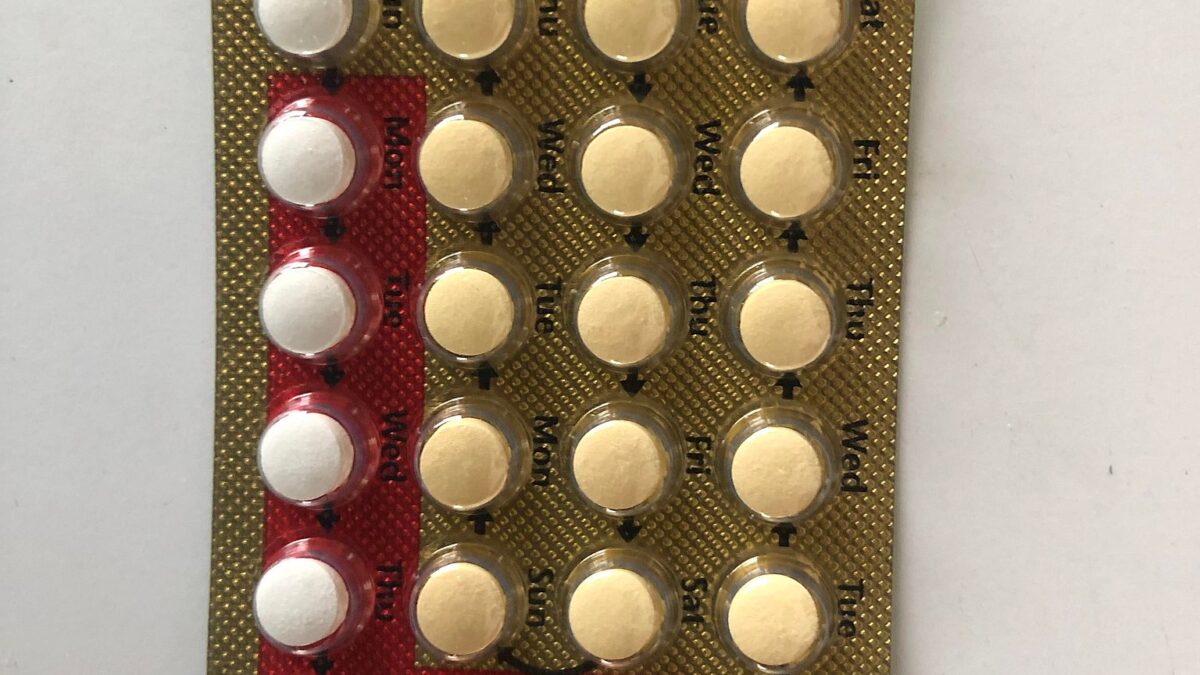When we think of fertility treatments, society has accepted in vitro fertilization (IVF) as a necessary option as a means of “compassion” for those who can’t conceive. But what if we were all wrong? What if the IVF industry is actually the most harmful option for couples facing the heartache and long-term trauma of infertility?
As an OB-GYN who treats couples struggling with infertility, I can say there are more successful, safer, and more ethical options that Big Fertility won’t easily offer up.
All Our Eggs in One IVF Basket
I can’t say exactly why, except that, when IVF was invented, all advancements in medicine regarding fertility and endocrinology practically stopped. All medical treatments and research put all their eggs in the basket of IVF.
Most likely, because of the appeal of a quick fix, thinking it would have better success rates than it did, and it was financially lucrative. For such a daunting medical issue, it gives the illusion of the path of least resistance.
Receiving the diagnosis of infertility is scary because it isn’t really a diagnosis. It is a symptom of many other health conditions adding up so that a man and a woman together can’t conceive. Rarely is it just one issue, like anovulation. It is unique for each couple and even individual.
Unfortunately, approximately 15-30 percent of couples are given the diagnosis of “unexplained infertility” and use that as a literal medical “diagnosis” to justify IVF. Doctors are essentially admitting they cannot figure out the issue, so the couple should just pay an exorbitant amount of money to the doctor to jump to IVF after only trying the basic, nearly primitive “treatments” like artificial insemination, which boasts a 0-10 percent success rate.
As you can imagine, women’s health alone is very complex and poorly understood. A woman’s health consists of her physical uterus, tubes, and ovaries and a complex interplay of her endocrine system. This means we must approach both the complex hormonal puzzle and the physical anatomical component. Things can get even more complicated with the other half of the equation — both the hormonal and physical barrier (e.g. varicocele) of the male. Unfortunately, IVF has practically halted any progress on male factor research as well.
Instead, most infertility research focuses only on improving the most lucrative solution, IVF, instead of treating the cause of the diagnosis. The dirty secret is that success rates of IVF haven’t really improved much since its advent (perhaps some improvement in procurement, culture media, or freezing methods), but otherwise, it is extremely limited.
Leaving Couples Broke and Hopeless
As a restorative reproductive medicine provider, I often see couples who have already tried and failed intrauterine insemination (IUI) and who don’t want to do IVF or who have failed IVF. They come to me feeling physically broken, and they walked out of the fertility clinic more emotionally broken than when they started their conception journey.
They blame themselves for their infertility since the doctors “can’t find anything wrong,” even with years of searching. They may have suspected endometriosis or a hormone issue, only to receive gaslighting since most IVF doctors are not skilled surgeons. One study admitted fertility doctors are disappointed with the amount of surgical training they get in their fellowships since their training primarily focuses on the IVF process itself.
[READ: Fertility Doctors Refused To Treat Me Holistically Because IVF Is Their Cash Cow]
The luckier couples I see are the ones who haven’t already lost embryos or tens of thousands of dollars. The less fortunate ones are often so blinded by their desperation that they have let IVF doctors take advantage of their plight.
In my OB-GYN training, I saw a broken, desperate couple get an “infertility” consultation with an IVF doctor. He didn’t ask them about their medical history. He only wanted to know their ability to pay and scare them with a graph about how their eggs looked like they were falling off a cliff. They would feel even more scared and frantic that their dreams of parenthood were impossible without the rescue of this doctor before them. He would shuffle them right to IVF if their insurance covered it.
I saw various religious backgrounds who didn’t bat an eye at the ethical scenario placed before them. They weren’t in a place to consider the long-term ramifications of what this, supposedly trustworthy, physician was enticing them with: a child of their dreams. It’s a beautiful wish. What could go wrong?
Well, a lot. And a physician has a moral obligation and duty to inform patients of the risks, benefits, and alternatives of their medical options. Especially if it is elective, as in not life-saving, which is what infertility treatment is.
The IVF doctor did not once mention the life-threatening risks like ovarian hyperstimulation syndrome, hemorrhage after egg retrieval, increased risks of all the compilations (increasing morbidity and mortality of pregnancy), increased risk of NICU admission, increased risk of pregnancy loss, miscarriage, or pre-viable birth or very early prematurity, which means potential for lifelong health compromise, or increased risk of cancers in children (for ICSI specifically). Many other risks remain unknown due to a seemingly negligent area of research because of the inconvenience to the pocketbook of Big Pharma and IVF clinics if the findings were discovered.
Doctors Behaving Like Car Salesmen
I’ve seen countless reports and patients who spend their life savings on cycle after cycle of failed IVF. I recently saw a couple that said after three failed transfers, their fertility doctor advised them to try it again. They decided not to. After formal cycle tracking with the Creighton Model system, they were able to identify some hormone issues and hone into their peak day of fertility. Two days before their surgery date to confirm and remove suspected endometriosis, they discovered they were pregnant naturally.
They are not alone. These couples walk into my door defeated. They say they felt they were on a car sales lot with quotes from the doctors like, “I have an Asian egg available today,” or “I can get anybody pregnant if they have enough money.”
Too many patients to count have reported increased pain after high-dose medications for IUI or IVF, which likely have spread the endometriosis, the disease they didn’t even know they had that was the cause of their infertility. This suggests they worsened their disease because endometriosis is like a cancer, but it doesn’t kill women, it causes inflammation, sometimes pain, and is one of the most common causes of severe infertility. High-dose hormones are a known contributor to cause spread and worsening of this disease.
When we find a diagnosis that is severe like Stage IV endometriosis, most, if not all, of them are incredibly relieved that I “found something wrong.” Their greatest fear is not to know why. It is part of the healing process.
The healing process often entails surgically removing disease, optimizing lifestyle, and cooperative hormone therapy. All these approaches not only improve preconception health by addressing the root cause instead of overriding the system, but they also improve the health of the pregnancy and even the health of the child, not only by decreasing the rate of NICU admissions but also by epigenetics (gene expression of the children are affected by the maternal health in pregnancy).
No one can promise a baby with the hard road of infertility, but healing is possible with the right support. Emotional and physical healing can happen with a thorough diagnostic workup and treatment that works with the body to heal it, as medicine through the Hippocratic oath should: Do no harm and heal.
The author is a W.N. MD, Board Certified OB-GYN.









